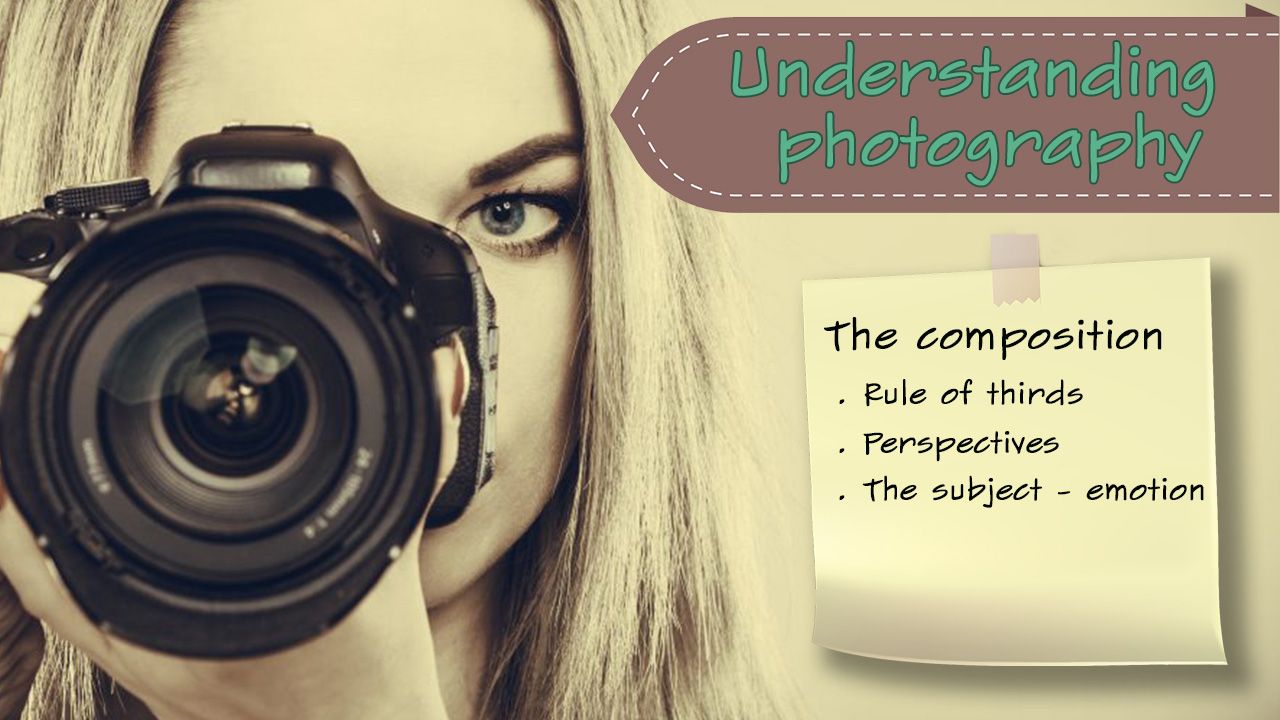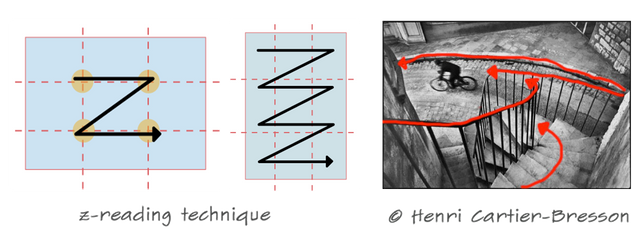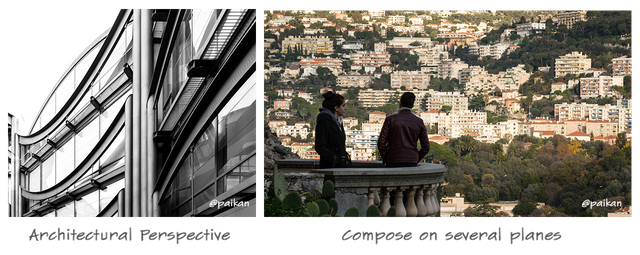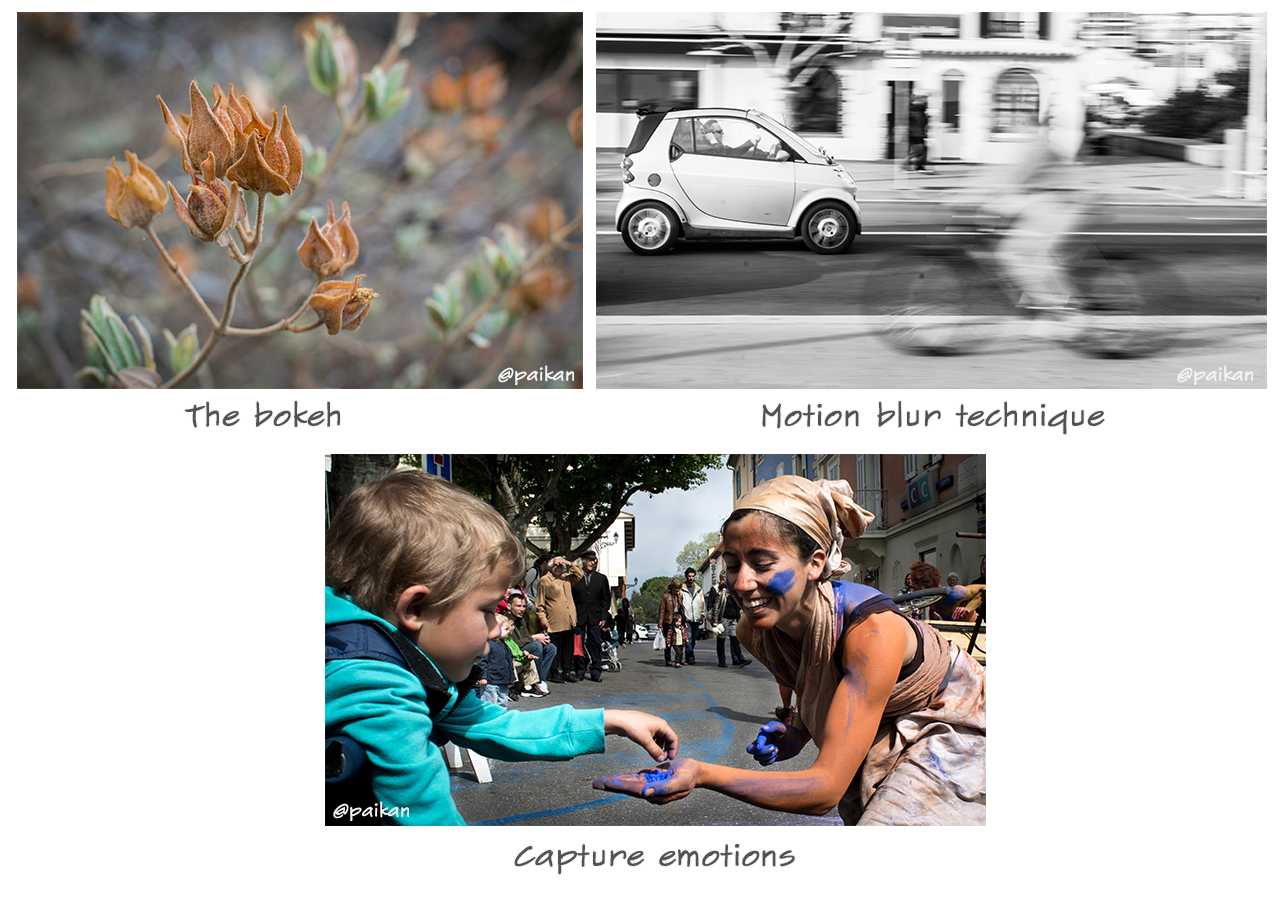
Welcome to this second article "Understanding photography", first we approached the exposure triangle, or how to get a properly exposed photo.
This second article represents the most important notion for me in photography, the composition of a photo. You can have the best performing material of the moment and be in the right place at the right time, if you don't pay particular attention to the composition, your pictures will stay flat and uninteresting (yes, ok, I'm abusing a little ^^).
Important information
Like a painting, a book or a poem, we read a photo. It is not necessarily conscious, but our brain looks at an image in different ways to decode and understand it.
Generally speaking, and especially in Latin cultures, the brain tends to decipher an image by browsing it from left to right and from top to bottom. It is also attracted by instinctive visual elements, very clear areas, and accompanying perspectives.

As a photographer, you have control over these different elements, so it is important to consider them before you trigger. There are many general rules, I think it's important to know about them in order to be able to try to apply some of them depending on the type of photos you make.
Rule of Thirds
We will imagine two vertical and two horizontal lines that cut your photo into equal parts.
The crossings of these lines are points of strength.
Unconsciously the brain will appreciate seeing the important elements located on the lines or at its crossings.
A few examples
The portrait : one of the most important elements in a portrait is the eyes, because instinctively our brain tries to capture a person's eyes to discern their emotions.
It is therefore advisable to position the eyes on the upper horizontal line, or even on a point of force.
The landscape : when taking a landscape photo, you have to make a choice, either you want to highlight the sky (clouds, sunset, etc.) and position the horizon on the lower horizontal line, or the important element is located on the lower part of the photo (village, mountain, etc.) and you position the horizon on the upper horizontal part.
Movement : when trying to position the object in motion on a vertical line, it is preferable to leave the remaining vacuum facing the direction of movement, to give an impression of continuity, rather than to let the movement conflict with the edge of the photo.

The perspectives
The photo is mainly a two-dimensional representation of the environment we want to capture. It is therefore important to try to give a perspective to the reading of the image.
It is possible to use several tricks
Try to compose a photo with different planes, in the foreground your main subject and in the background, another visual element that allows you to judge the size and/or distance.
Natural lines can also give perspective (buildings in the street, branches of a tree, etc.).
Incorporating a person into a composition allows the reader to become aware of the proportions, it also allows him to project himself into the scene.
Perspectives will give depth to your exhibition, they directed the gaze at the time of reading.

Bring out the subject, give an emotion
A photo is not just a frozen moment, a set of static and timeless objects.
A photo must tell a story, evoke a feeling, try to capture an emotion.
There are many ways to bring out a subject
The depth of field, a large diaphragm aperture (ex: f/2.8, f/1.8) lets in a lot of light, but decreases the sharpness zone, which has the effect of creating "bokeh" blur in the background and bringing out the main subject.
The games of brightness, the flash is a great tool to attract the eye on the main subject of your composition.
Some shutter speeds can also be very useful (motion blur technique).

Some tips I'm trying to put into practice
There's no point in triggering everything, at first I was doing like everyone else, in the situation of a family meal I was going to make everybody go home and take the picture.
Now I take the time, I try to capture the smile or the look of a particular person, it doesn't stop me from gathering the maximum number of participants on the picture.
Do not hesitate to change the angle of view to compose the second shot of your photo, climb a wall, lie down on the ground, control the angle of shooting.
Waiting for the right moment, If you like a particular place, ask yourself some questions; is it relevant to wait for the sunset, there may be hikers who will come by soon, try to imagine the story that the photo will tell.
Interesting, I would love to do some photography, but my phone doesn't have a good camera :/
Downvoting a post can decrease pending rewards and make it less visible. Common reasons:
Submit
It's not a matter of material, it's more of emotion. Seize the right moment that tells something.
The most important thing is to try:)
Downvoting a post can decrease pending rewards and make it less visible. Common reasons:
Submit
Congratulations @paikan! You have completed some achievement on Steemit and have been rewarded with new badge(s) :
Click on any badge to view your own Board of Honor on SteemitBoard.
For more information about SteemitBoard, click here
If you no longer want to receive notifications, reply to this comment with the word
STOPDownvoting a post can decrease pending rewards and make it less visible. Common reasons:
Submit
Great Post @Paikan! Yours is a very good perspective also. I like that you've covered some of the theory as well.
Downvoting a post can decrease pending rewards and make it less visible. Common reasons:
Submit